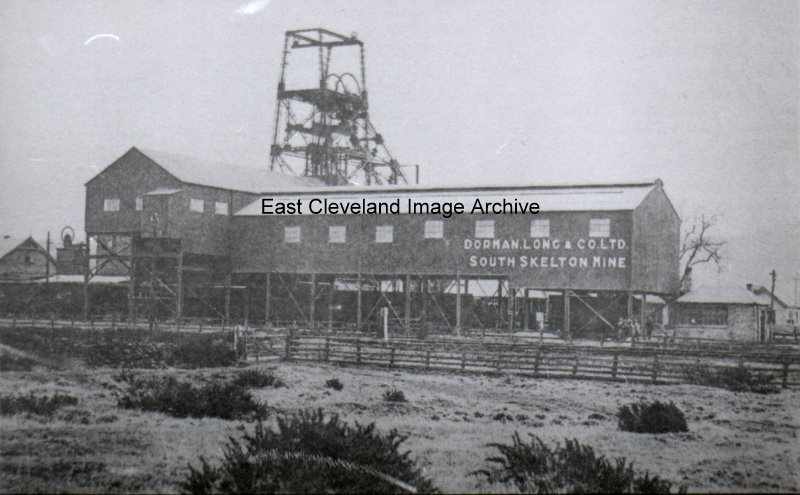
Well I couldn’t go wrong with this photograph could I? The name of the mine and the owners in plain sight on the building. The mine was situated close to Boosbeck and closed in 1954.
Image courtesy of Eric Johnson.
|
|
||
 Well I couldn’t go wrong with this photograph could I? The name of the mine and the owners in plain sight on the building. The mine was situated close to Boosbeck and closed in 1954. Image courtesy of Eric Johnson. 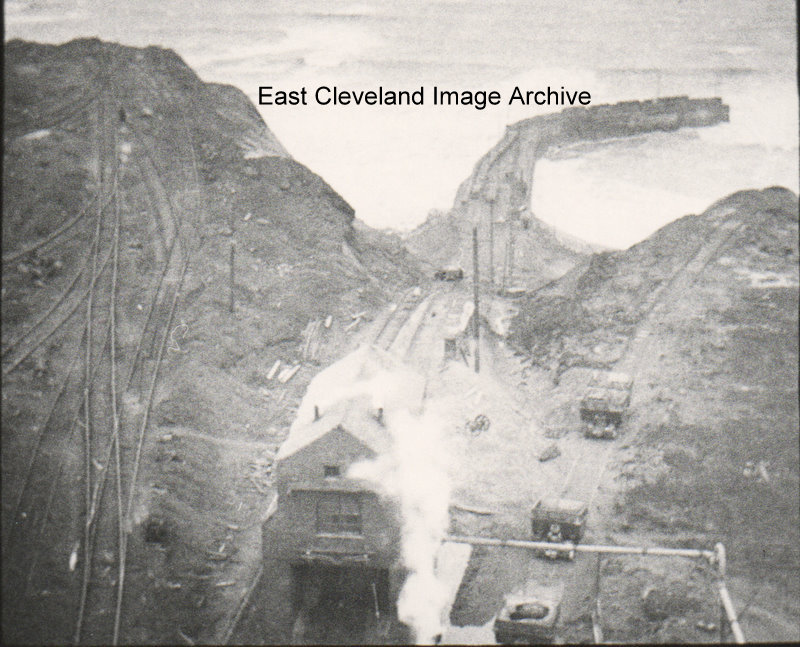 Steam driven hauler on jetty bank about 1914, looking down towards the jetty. Image courtesy of Eric Johnson. 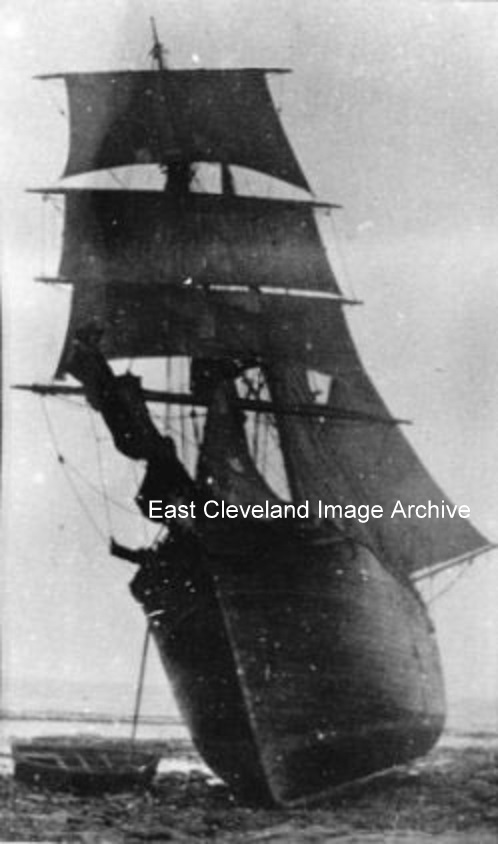 The reason I posted this photograph is because I love it, now gentlemen or ladies can you tell me anything about it? Fred Brunskill tells us: ”The brig ‘John and Mary’ left Portsmouth for Sunderland carrying ballast when she was forced ashore at Saltburn on 28th October 1880.” Vanessa Liddle asks: “My great grand father was drowned in a brig from Seaham called VINTAGE which ran into difficulties on Saltscar rocks does anyone have any information. A storm on October 10th 1881 . This is all I have managed to find out . Any information would be appreciated.” Image courtesy of Mike Holliday, thanks to Fred Brunskill for the update. Also to Vanessa Liddle for her enquiry. 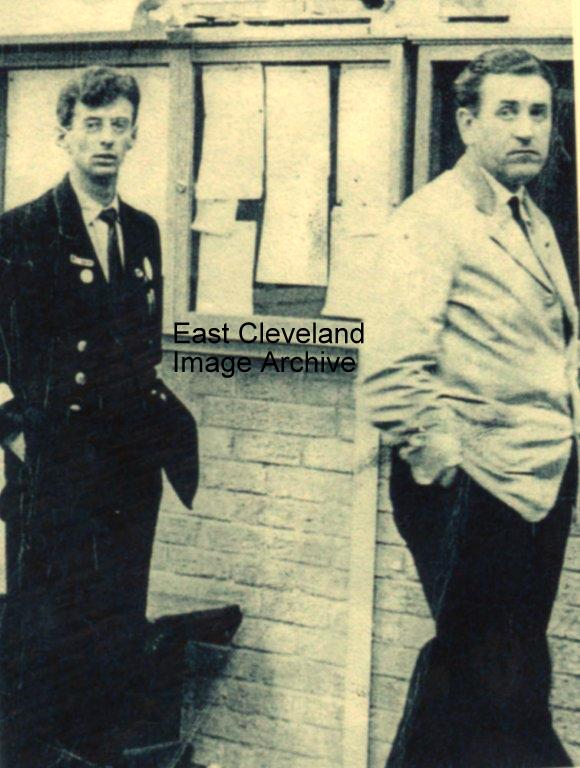 Yes bus drivers left Alan Chilton and right Frank Birtwhistle at the United garage East Loftus about 1962. The garage was later taken over by Arriva and is now closed.
Charlie the horse stands waiting patiently on Arlington Street; while Buzz Havelock, Gerry Readman and Mr Bibby sweep the rubbish from the streets of Loftus. Image courtesy of Eric Johnson and Maureen Hogan. 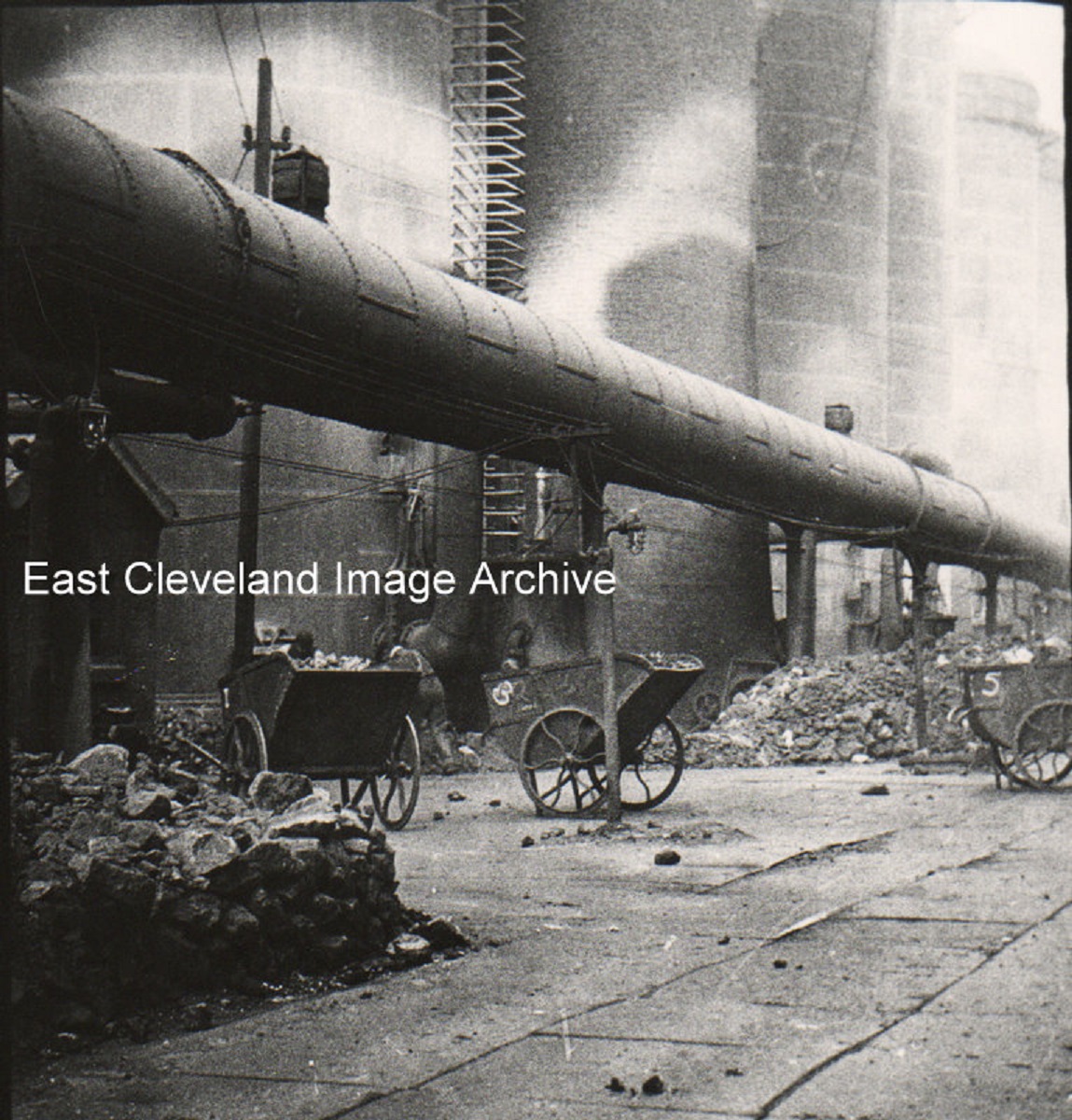 A long time ago on Skinningrove works the ’barrows’ are there some still laden, they must have been very heavy for one man to pull when fully loaded, each barow is numbered and I am supposing each man had his own barrow. This further image of Mine Barrows in use at Skinningrove works also dates from about 1914, showing barrows already filled with ironstone awaiting hoisting to the furnace tops. Robert Silkstone pointed out the importance of these images: “these tubs are rarely photographed at ground level. They are the tubs that were taken by men who hand charged the blast furnaces before the conveyor system was introduced. The shape of the tub is deleberate to allow charging at the top of the furnace.” Eric Johnson explained their use at Skinningrove works: “At Skinningrove ironworks the term ”mine” refers to the ironstone carried in the barrows which came from the company’s Loftus mine, this stone was roasted in kilns and the calcined ironstone was taken from the kilns to the weigh machine cabin. Then weighed and the barrows hoisted to the furnace top, emptied and returned. Coke and limestone were also carried in the barrows, but they were always known as ”mine barrows”. Steven Partlett was able to confirm this analysis with: “My father worked these after Loftus mine closed and he moved to the Ironworks. What is not obvious in these images is that the ground where they operated was completely covered in plates which were either Steel or Iron. The barrows had a knife edged wheel, similar to a flanged rail wheel. The combination reduced friction, and made it easier to push the loaded barrows. The area was known in the works as “the plates” because of the feature.” These plated areas can be seen if careful attention is paid to the lower areas of these images. Image (from a glass plate negative) and information courtesy of Eric Johnson, also thanks to Robert Silkstone and Steve Partlett for the updated information. 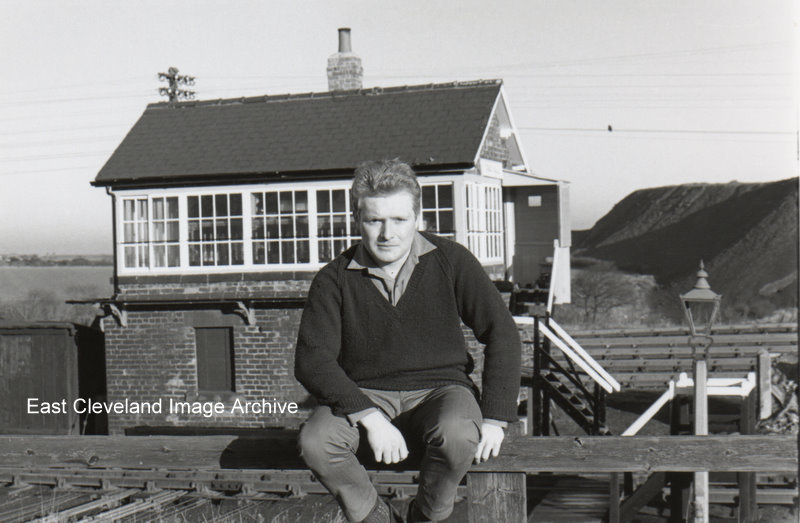 Peter Miller sitting in front of the Crag Hall signal box. Image courtesy of Ted Morgan, via Eric Johnson. 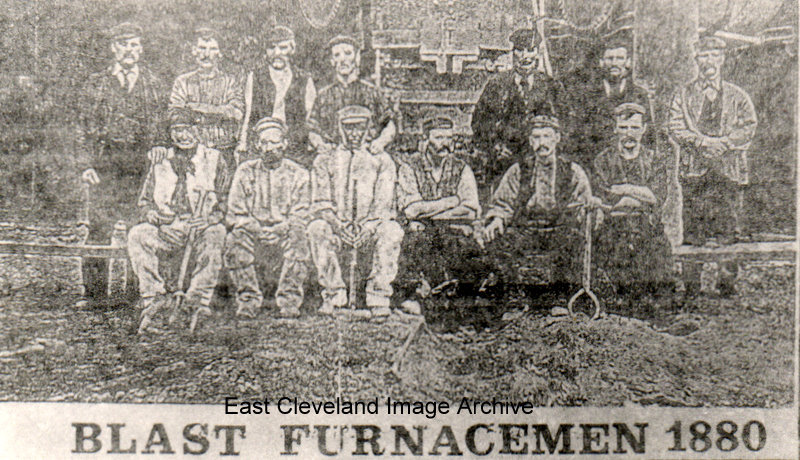 1880 is the date on the photo, not the kind of men I would like to meet on a dark night; but the hours were long and the pay was small. Image (from a cutting) courtesy of Eric Johnson. 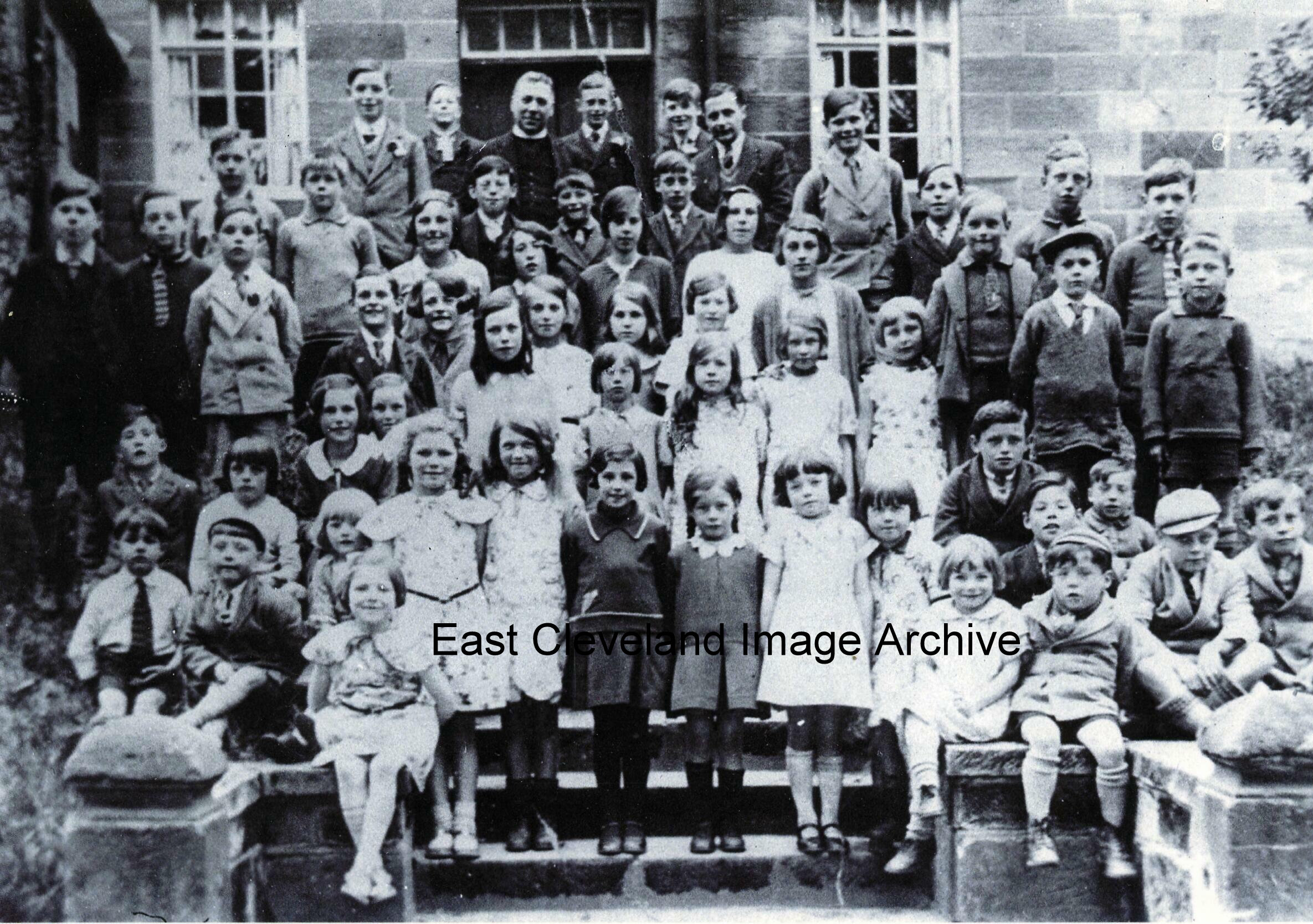 This photograph of the pupils of Easington school was taken on the steps of the village hall. Colin Ivor Graham has managed to remember many of the names:- R. Simpson, T. Hardy, Rev. Reed, F. Welford, N. Rowland, R. Welford (Teacher), ? Askwith, A. Codling, W. Brown, E. Parker, ? ? Brignall, Bell, ?, M. Bishop, Dawson, Marshall, Kirby, P. Bell, Z. Bishop, Dawson, T. Welford, Young, M. Bishop, ? ? ? M. Roland, P. Gegg, ? Brignall, Parker, Young, Sigsworth, Tose, ? ? ? ? ? Stevenson, Stainthorpe, J. Wilson, ? Cook, C. Young, E. Simpson, Donaldson, C. I. Graham, ?, Gegg, Sigsworth The teacher, R. Welford, was a stand-in for a few weeks. W. J. B. Patterson was the headteacher. The local policeman was called Mr. Gegg. Image and names to date courtesy of Mr. Colin Ivor Graham. 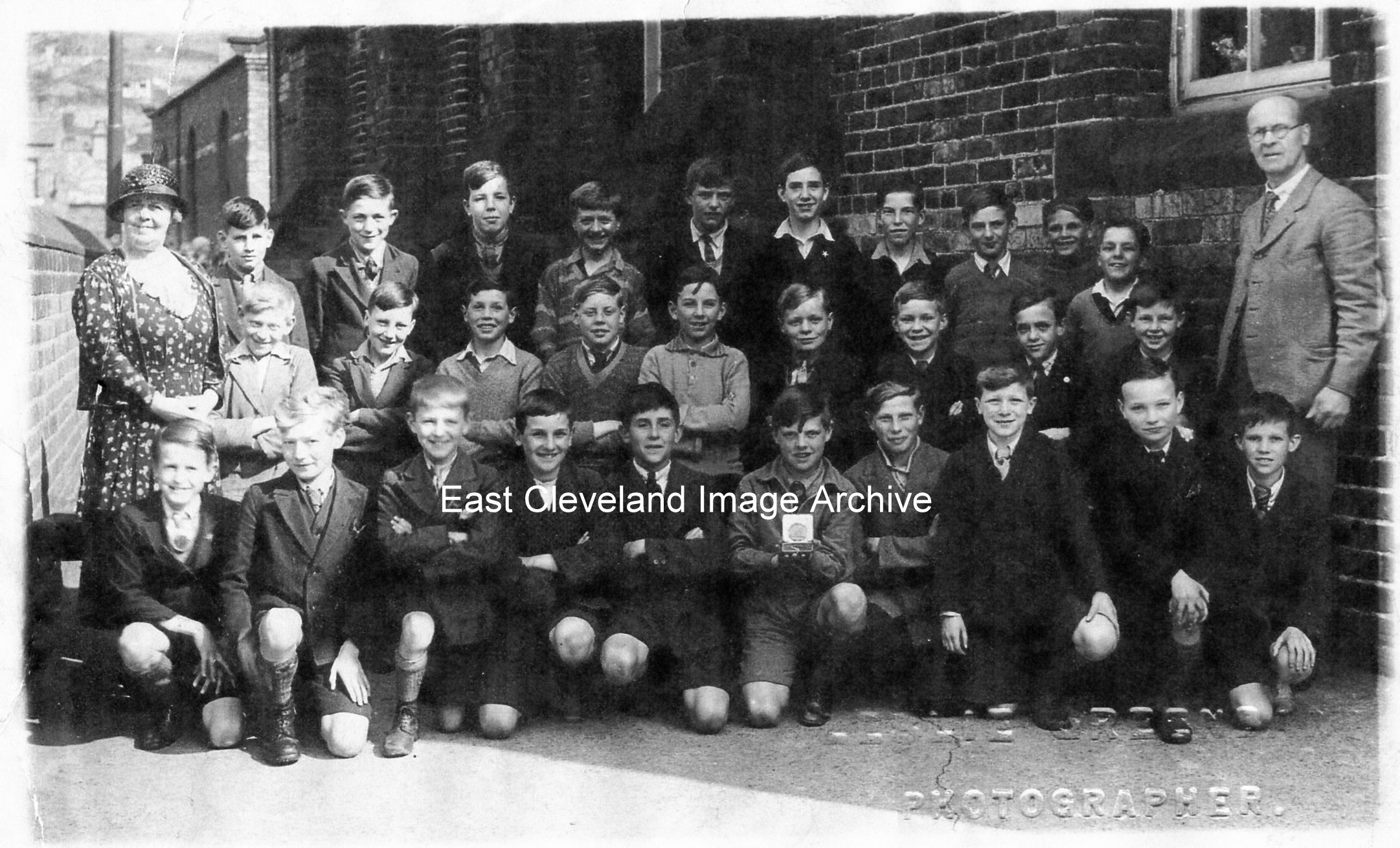 Miss Skingle and Mr. Donkin with the boys at Skinningrove Senior School, about 1933. Back row: Miss Skingle, Tom Wilkinson, Harold Bowling, Bill Robinson, Eddie Husband, Bill Smith, Isaac Page, J. R. Simpson, Arthur Preston, Jack Alderson, Ernie Jefferson, Mr Donkin. Middle row: Clive Watson, Fred Mogridge, Richard Webster, Raymond Carveth, George Hill, Harry Jacobs, Harry Binks, Roger Forrest, Richard Archer. Front row: Roland Heseltine, Albert Milner, ??, Donald Metcalf, Edward Dale, Bill Andrew, Tom Lettin, George Last, Fred Robinson, Les Appleton. Image and names courtesy of Arthur Preston. |
||
Recent Comments